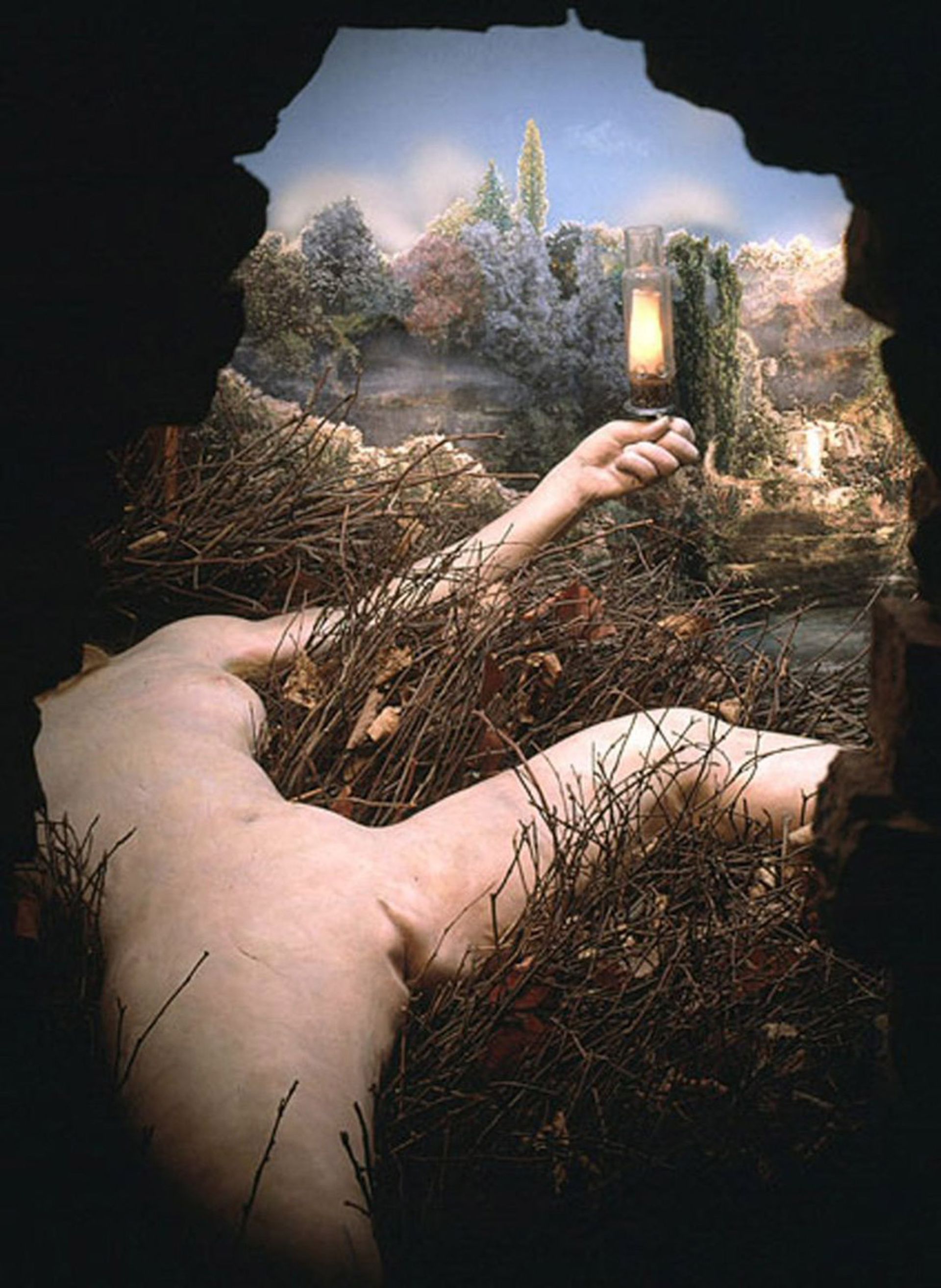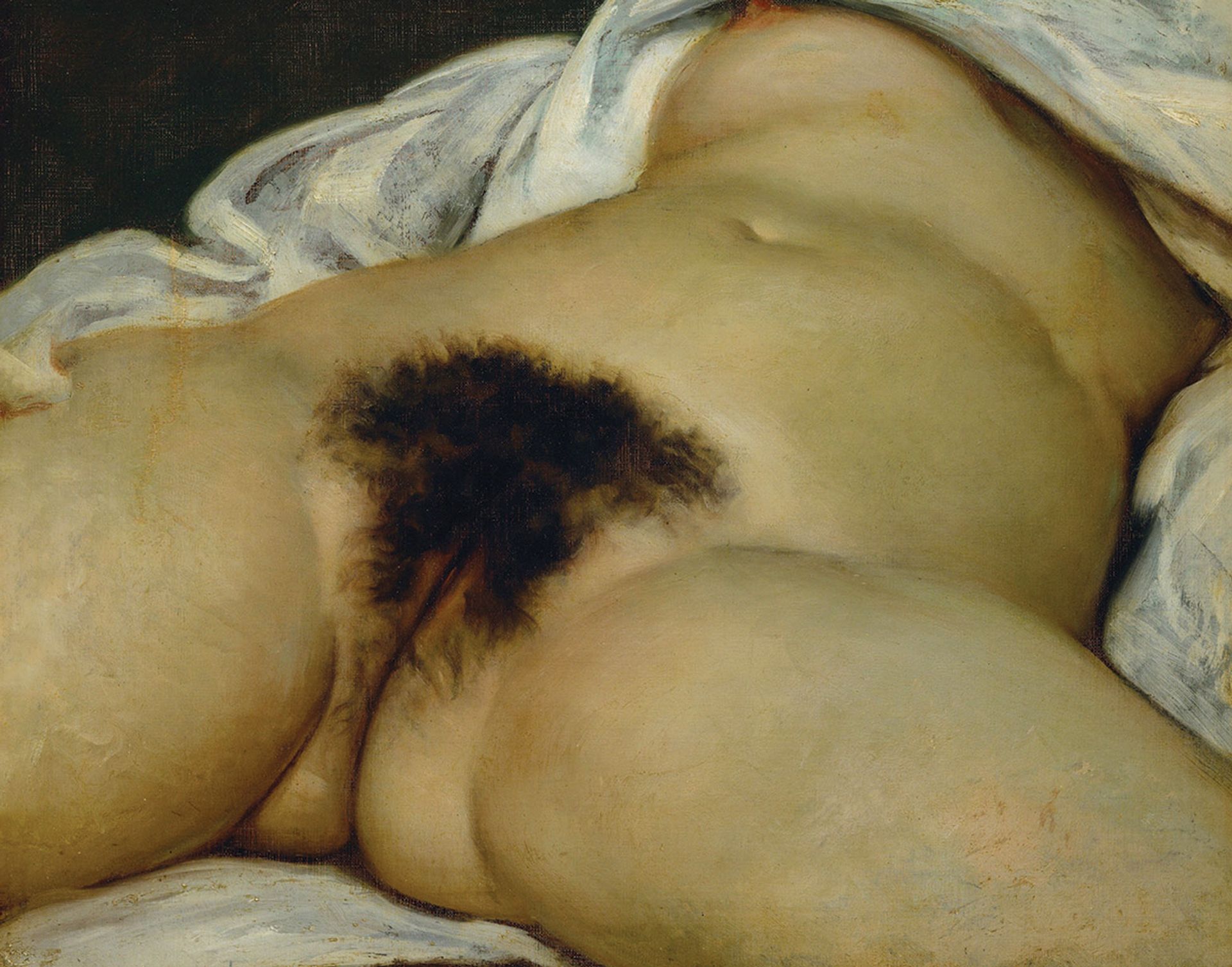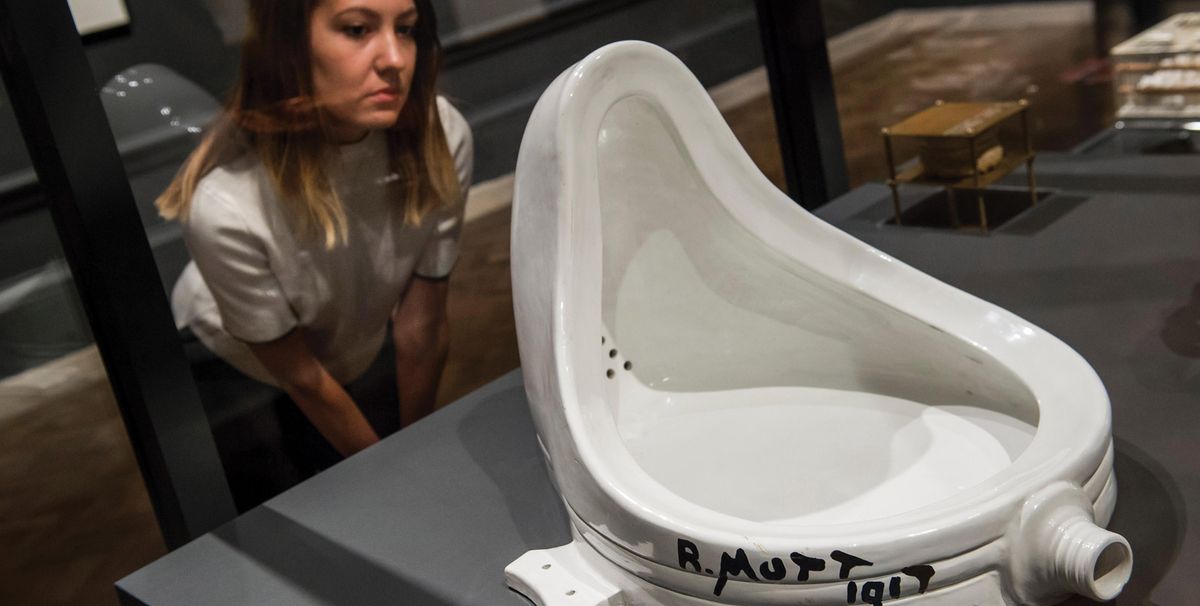The meaning and provenance of Marcel Duchamp’s Fountain (1917) has recently been the subject of enthusiastic investigation on the Letters pages of The Art Newspaper. So I hope you will forgive me for adding to this lengthy literature by relaying my own calculation of Duchamp’s intentions.

Fountain 1917, replica 1964 by Marcel Duchamp © Succession Marcel Duchamp/ADAGP, Paris and DACS, London 2017 / Photo © Tate
To set the tone, I am topping and tailing these thoughts with a fragment of writing I found buried in Duchamp’s notebooks. Originally, it appeared in The Box of 1914—an early collection of Duchampian snippets which he brought out as a limited edition. It was later reprinted in The Writings of Marcel Duchamp. Here is what he wrote: “—one only has: for female the public urinal and one lives by it.—” The italics are his, not mine. So is the punctuation.
This confusing comment is, I believe, Duchamp’s only published thought on what we might call the symbolic meaning of public urinals. When I came across it, it blared off the page at me, and made me wonder why more had not been made of it. Is there any way this is not a creepy thing to write? Can this particular scribbling ever be understood as anything other than a disquieting insight into a dark attitude to womanhood? Anyway, I leave it with you to savour—“one only has: for female the public urinal and one lives by it”—while I expand on my Fountain journey.
For the past two years I’ve been making a series for the BBC called The Art Mysteries. The idea is to take a particular work of art and then forensically examine its messages and meanings. The first series, about the Post-Impressionists, was screened last month, and a bunch of other films is ready to go, including one about Duchamp’s Fountain.
In the films, I go back through artist’s lives, see where they came from, visit their home towns, look at their early work, and try to get a sense of their prevailing direction; their big picture. When you do that with Duchamp, one of the first things that becomes apparent is his misogyny.
Of course, the world he came from—fin de siècle and early 20th-century France —was widely and inescapably misogynistic, so in that sense he was only a man of his times. But, even so, the sneering disrespect for womanhood that recurs in his thoughts and his art (and which he shared with his surprising pal, Salvador Dalí) is of an especially virulent order.

Marcel Duchamp's Étant donnés, (1946-66)
I found it popping up everywhere in Duchamp. Most notoriously you see it in his last work, Étant donnés, (1946-66) the peep-show installation in Philadelphia to which he secretly devoted the second half of his working life. Étant donnés forces us to peer in at a naked figure with her legs apart while her hairless crutch points straight at us. Charming.
But I knew about Étant donnés so that was not a surprise. More disquieting were the snide cartoons that Duchamp drew at the start of his career while working for an assortment of satirical magazines in Paris. Some of these were unexpectedly unpleasant. In a cartoon entitled Feminism: The Female Curate, he mocks a modern woman who is going out for the evening dressed head-to-toe in monkish black. Hanging pointedly on the wall behind her is a vaginal douche.
Another cartoon attacks the female drivers of hansom cabs, newly allowed in Paris, by showing one of their carriages parked outside a hotel while the driver pops in to follow her second profession as a prostitute. The number of her cab is 6969.
It’s giggly rather than brutal; immature rather than violent. But it sets a tone. Duchamp’s preoccupation with women, sex and vaginas is such a constant in his output that it cannot be missed, and scholars such as Dawn Ades and Neil Cox have forcefully and frequently drawn our attention to it.
What really surprised me, however, was how little notice had been paid to Duchamp’s vagina fixations in the masses of printed reaction that had been churned out on the subject of Fountain. It was as if “the 20th-century’s most influential artwork” had somehow been deemed immune to the sexist accusations that can so easily be thrown at much of his output.
The recent fuss on these pages about Baroness Elsa von Freytag-Loringhoven being the real creator of Fountain—which Dawn Ades banged into the bleachers magisterially and comprehensively—was underpinned by an understandable desire in today’s art world to direct greater respect and fairness towards women artists. However, as I hope to point out here, recognising Fountain for what it is would strike a much more meaningful blow for the distaff side than the nutty fantasies about Baroness Elsa.
There isn’t much about Fountain that can be stated with certainty—except that it is a conspicuously Duchampian artwork. Its status as a readymade; the story of its entry and rejection in the New York exhibition of 1917; the games played subsequently with its reputation, are all thoroughly Duchampian features which have already been discussed to death. But when I began making my film, it quickly became evident that there were three areas to which not enough attention had been paid.
You can also see Fountain as another of Duchamp’s vaginas in a conceptualised pose as brazenly direct as Courbet’s L’Origine
The first was the position of the urinal. Why had it been turned on its side, rather than shown the right way up? What was achieved by the change? The second was the showy signature painted on the side: “R. Mutt”. Duchamp had explained it away with snippets of typical disinformation about a chap from Philadelphia called Richard Mutt and some vague references to the cartoon characters Mutt and Jeff. But these types of reference would have been unique in his oeuvre. What would not have been unique—what would have been absolutely typical—is if “R. Mutt” were a pun, not a real name. If “R. Mutt” was a typical Duchampian pun, of the kind that filled the “pun box” he kept under his bed, then that pun must surely have some specific resonance for Fountain.
The third under-explored area was Duchamp’s obsession with Courbet. Time after time, in interviews, texts, scribbled thoughts, he would cite Courbet as the antithesis of what he himself was trying to do in art. Courbet, the famed realist, was the master of what Duchamp dismissed as the “retinal” approach. By relying too much on what could be seen, he had robbed art of its symbolism and its conceptual meanings. Duchamp himself, meanwhile, wanted to do the opposite.

Courbet’s L’Origine du Monde, which Duchamp’s work may have been a response to © Musée D’Orsay
These recurrent attacks on Courbet proclaimed, I believe, a deeply seated fascination with the methods of the master realist—particularly when vaginas enter the equation. Today, most discussions of Étant donnés force Courbet into the story by citing the unmissable influence of his most notorious work, the giant close-up of a hairy vulva known as L’Origine du Monde (The Origin of the World, 1866). But if Courbet’s vulva was an influence on the Étant donnés, could it also have been an influence on Fountain?
Although it is unlikely—though not impossible—that Duchamp saw the actual painting before 1917, he would certainly have heard of it. L’Origine du Monde was Courbet’s most notorious work and had been prominently satirised already by Duchamp’s old profession: the cartoon business. You can actually see a caricature of it pinned to the wall behind Cézanne in Pissarro’s famous 1874 portrait of the apple master in the National Gallery. Even Edmond de Goncourt had been transfixed by Courbet’s startling close-up of a woman’s bas-ventre—her lower groin—when he came across it in a chinoiserie boutique in Paris in 1889. Was there any way, I asked myself, that Duchamp’s Fountain can also be understood as a response—a devious symbolic alternative—to the notorious L’Origine du Monde?
The issue of the “R. Mutt” signature took me down another path. Or, rather, another path took me to the “R. Mutt” signature. In another film that investigated the influence on art of the curious cult of Theosophy, I had encountered Katherine Dreier: Theosophist, wealthy heiress, mover and shaker in the New York art world, and generous patron of Duchamp. Dreier actually owned Duchamp’s The Large Glass (1915-23). But that was later.
In 1917, she was on the selection committee of the show organised by the Society of Independent Artists that rejected Fountain and was one of those who voted against the work. Dreier was a feminist, a prominent suffragette, and head of the German-American Committee of the Woman Suffrage Party: exactly the kind of woman Duchamp the cartoonist had previously mocked. She was also a German speaker, and it was while I was researching something about her taste for primitive ancient sculpture in a German dictionary that I stumbled across the word “urmutter”.
Now “mutter”, I knew. It was German for “mother”. But “urmutter” means more than that. It means “earth mother” or “first mother”. In another dictionary I found it defined as “the ancestral mother of the people”. So “urmutter” is a L’Origine du Monde kind of word. And anyone who has spent even a few minutes looking at Duchamp’s beloved puns, the way he used them and collected them, will have no difficulty whatsoever recognising “R. Mutt” as a wonky homophone of “urmutter”.
Then there is the issue of the way the urinal is displayed: tipped on its side. Famously, and not without resonance, Apollinaire is said to have described Duchamp’s most notorious readymade as “the Buddha of the Bathroom”. On its side, the urinal does indeed have something Buddha-like about its stance and outline. You can imagine it as a primitive ancient figure or even as a robed sculpture of the Virgin Mary. But you can also see it as another of Duchamp’s vaginas in a conceptualised pose as brazenly direct as Courbet’s L’Origine. Crude and approximate, yes. But definitely suggestive.
That was the point I had reached in my thinking when I stumbled across the scribbled note in The Box of 1914. The scribble which goes : “—one only has: for female the public urinal and one lives by it.—” It’s a line I can no longer read without feeling a tactile repositioning of my own bas-ventre with “the 20th-century’s most influential artwork”. So am I really saying that Fountain was intended to be a giant porcelain vagina? Yes I am.
• The first series of The Art Mysteries is available on BBC iPlayer. The broadcast date of the Duchamp episode is to be confirmed. Other films by Waldemar Januszczak are available on demand at zczfilms.com


